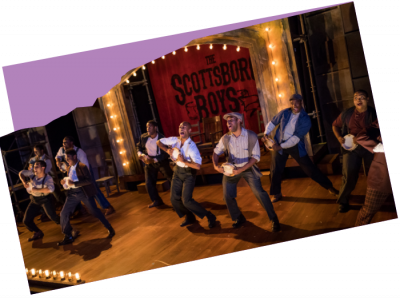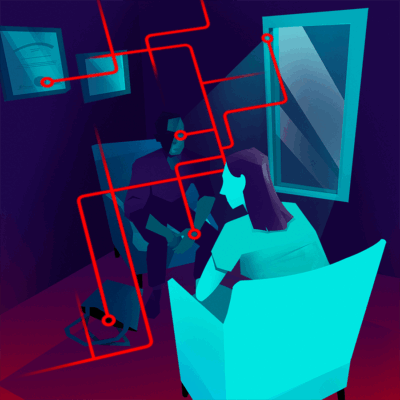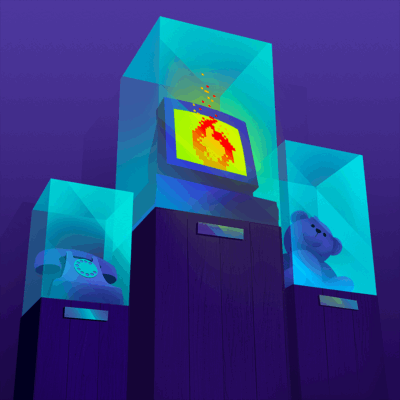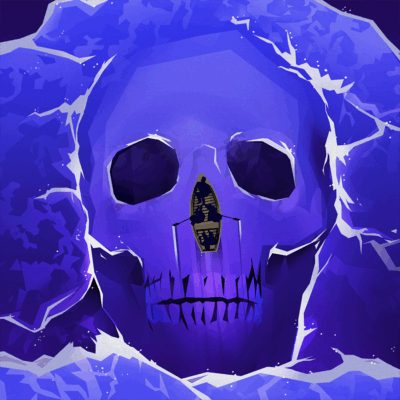Your donation sets the stage for a new season of Boston's most intimate, entertaining and provocative plays and musicals. Our shows make powerful connections with our audiences-- and they are only possible because of you.
A Living, Breathing Monster
A Living, Breathing Monster
What attracted you to NECESSARY MONSTERS?
 [Playwright] John Kuntz’s imagination might be my favorite place. I feel very much at home there. [Director] David R. Gammons handles Johnny’s plays with virtuosity – their brains complement each other. I’m very lucky to collaborate with each of them several times a year, but I’m especially excited when I get to make something with both of them together.
[Playwright] John Kuntz’s imagination might be my favorite place. I feel very much at home there. [Director] David R. Gammons handles Johnny’s plays with virtuosity – their brains complement each other. I’m very lucky to collaborate with each of them several times a year, but I’m especially excited when I get to make something with both of them together.
I was lucky enough to see the workshop production [of Necessary Monsters at The Boston Conservatory a few years ago. It stuck with me. I vividly remember that final image. It was somehow terrifying and satisfying at the same time.
What unique challenges did this show present to you as a lighting designer?
The things that are challenging about this piece are the things that make it so great. It’s non-linear and constantly morphing. We don’t always know where we’re supposed to be. Sometimes it’s important for the audience to perceive a certain place that the characters don’t (yet), or the characters might imagine they are in a very different place than we know they are. Knowing when to be where was one of the challenges.
But light has other jobs, too – it affects how we perceive and feel about everything it touches. So for the play to work, the light has to be not a designed addition applied on top of everything, but one of the primary parts of the world. It needs to be so intrinsic that its absence would be as disruptive as a character appearing with no head. So I had to figure out what that was. The physical world of the play was constrained by the mountain of visual research that David, [Scenic Designer] Cristina [Todesco], [Video and Sound Designer] Adam [Stone], [Costume Designer] Lisa [Polito] and myself explored together early in the process. Once we knew what that world was, it was very clear to me what we needed to use as light sources and light objects and what the quality of light should be. Within this palette of ideas, I made sure we could go to all of the figurative places we needed to, and worked with Cristina and Adam and David to fit the puzzle of stuff together into what you see when you get to the theatre.
I should mention that so much of the light aligns with Adam Stone’s rich soundscape. We spent a lot of time fitting the pieces of our designs together with each other and with the text and staging of the play. Like the sound, the light is almost always moving and changing – stillness is rare and significant in a very different way than most other plays. It should all feel like one big, living, breathing monster.
I love that this set is 100% functional – there’s no “set dressing” or painting something to look like something else – everything is there is used in the show and is real. The lights that live on the set are all objects that, themselves, fit into the visual world but they also do the work of lighting the play.
My students asked about lighting through the cage – there are some things you can’t do because there’s a cage there and how do you light through it, etc. But it never really occurred to me that this was a problem. From the start, the light always seemed to radiate from within the space and only penetrate outward, like everything else happening. Sometimes it’s unpleasantly glary and sometimes the person talking is in shadow – and that’s how things are in Necessary Monsters.
 Past Productions
Past Productions JOB
JOB The Antiquities
The Antiquities Swept Away
Swept Away




